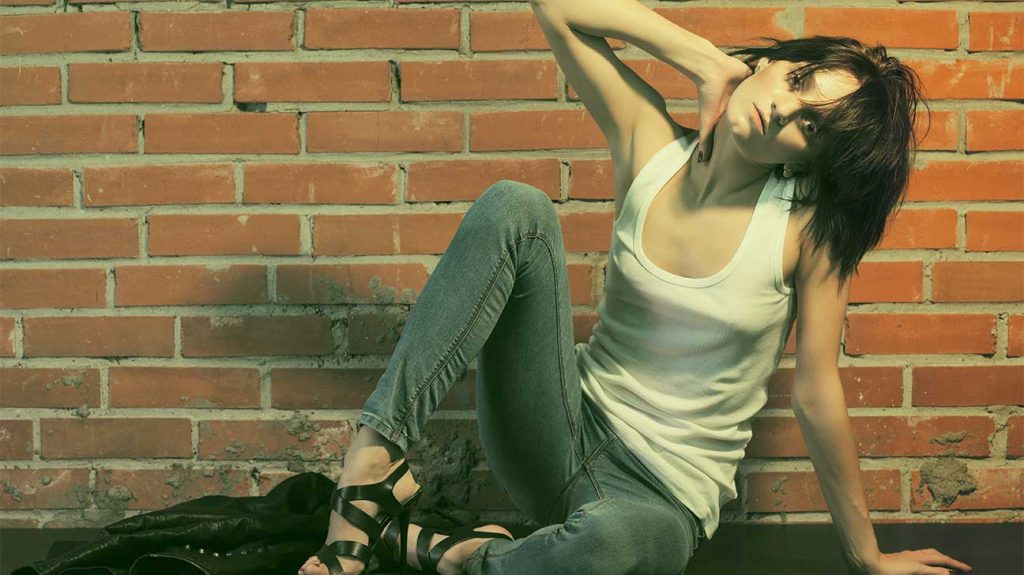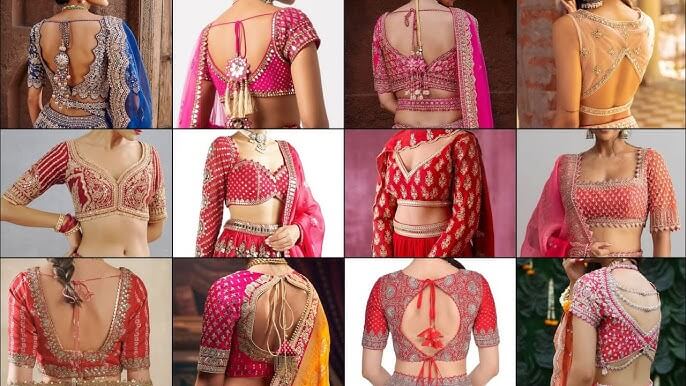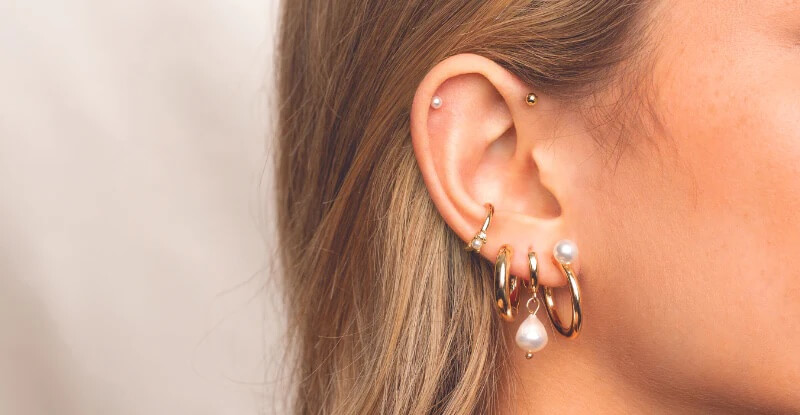Content Attributes
During the early 1990s, “heroin chic” was one of the biggest trends in popular culture. The aesthetic is commonly associated with a pale complexion. Gaunt features, dark undereye circles, and an emaciated frame–characteristics commonly seen in heroin users. Heroin chic rose to popularity in the early ‘90s due to a changing image of the substance in society and culture.
In the 1980s, mainstream media and society idealized an athletic, toned, and “healthy” physique. This was mostly due to the rise of the American supermodel in the fashion industry. Supermodels like Cindy Crawford, Brooke Shields, and Elle Macpherson dominated runways and magazine covers.
The decade popularized these models’ curvy, yet toned bodies, with their full hips, toned arms and legs, and flat stomachs. Even as the faces of Baywatch graced millions of television screens in the ‘90s. Heroin chic stood out in stark contrast to the supermodel look.
Rise of Heroin Chic
Society’s ideal body and beauty trends are always in flux. The supermodel era of the ‘80s soon evolved when heroin chic began to rise to the mainstream as the ‘90s approached. The aesthetic gained momentum through film directors and photographers like David LaChapelle and the young Davide Sorrenti.

Sorrenti’s work portrayed heroin chic through an androgynous lens, with subjects in dark tones and baggy clothes. Models like Kate Moss, Jaime King, and Jodie Kidd–known for their incredibly thin and angular bodies–were the faces of magazines and fashion campaigns all over the world during the ‘90s. Their often downcast and nonchalant expressions established the “chic” part of heroin chic.
The Original Heroin Chic Model: Gia Carangi
Gia Carangi is considered the most well-known face of this trend. When Carangi began modeling, photographers and magazine editors first sought her out for her curves and full frame. During the ‘80s people adored Carangi simply because of how “cool” she looked, along with her androgynous look and smoldering stare. Carangi began modeling as a teenager in the late ‘70s. She was the highest-paid model in the industry at one point in the early ‘80s.
At the same time, Carangi was open about her drug use, as she struggled with cocaine and heroin. In some modeling campaigns, scars and track marks are visible on her arms. Photographers eventually began finding ways to hide her arms in photos. Over time, this dealt a significant blow to her career as many reputable names in the industry no longer wanted to work with her. Sadly, despite seeking treatment and attempts to get sober as a young adult. Carangi died of complications with AIDS in 1986 at the age of 26.
Heroin Chic in the ‘90s
Throughout the ‘90s, the substance became purer and far more available to use. It appeared in places outside of fashion; heroin use is depicted in the cult favorite film. “Kill Bill,” was often used by musicians like Kurt Cobain, Courtney Love, and Scott Wieland. Heroin chic was stylized partially under the influence of the growing grunge and punk music scenes of the Pacific Northwest. Thus, with its appearance all over popular culture and media. The looks associated with heroin use became a cultural beauty standard at the time.
The provocative imagery of heroin chic grabbed people’s attention, though. Many complained that this style of photography and modeling glamorized an edgier lifestyle of drug use. The term “heroin chic” was not officially coined until after Davide Sorrenti overdosed on heroin at just 20 years old. After his death, Sorrenti’s mother began campaigning for reform in the fashion and magazine industries. Begging them to stop employing heroin users who glorified the drug’s use.
A Changing Culture and Society
Shortly after the start of the twenty-first century, the body positivity movement began–a welcome change following the era of heroin chic. However, with the rise of the COVID-19 pandemic and the prolonged isolation people experienced. Many turned to social media and other forms of entertainment.
The Kardashian and Jenner sisters dominate social media channels across Twitter, Instagram, and TikTok. And their bodies are often considered the societal goal for a woman’s body. After years of celebrating curvy body types, these celebrities have turned society’s attention back to the look that was so popular during the ‘90s: heroin chic.
A New Culture of Weight Loss
Countless dietary and exercise trends have cycled through the internet and social media. But drugs like Ozempic, Wegovy, and Mounjaro–diabetes medications that promote weight loss–have become widespread among some of the entertainment industry’s biggest stars.
People online speculate that Kim Kardashian used one of these drugs to help her lose 16 pounds in just a few weeks. S,o she could fit into Marilyn Monroe’s famous birthday dress to wear to the 2022 Met Gala. This time around, doctors everywhere are warning people about the dangers of taking these injections without any medical necessity outside of the cosmetic desire to lose weight.
Final Thoughts
Heroin chic became a cultural beauty trend during the 1990s, influenced by the availability and purity of the substance as well as its depiction in popular culture, including films and music.
While heroin chic represented a reaction against the previous idealized physique, the provocative nature of heroin chic sparked controversy. Many people believed that despite the edgy and unconventionally compelling imagery of heroin chic glorified the drug’s use. Which was becoming increasingly popular during the decade.
Models like Kate Moss and Gia Carangi became icons of the trend. Their thinness and pale complexions are romanticized in fashion photography. However, Carangi’s tragic death, alongside that of photographer Davide Sorrenti serves as a harrowing reminder of the dangers of substance abuse and addiction. Meanwhile, in recent years, the look of heroin chic is making rounds on the internet and social media. Many fear that heroin chic is returning, leading to further glamorization of the substance on the internet and social media. All while the nation grapples with an ongoing opioid crisis.



